Introduction:
Welcome back, techies! Through the previous article, we’ve got some introduction to Linux and learned what is Linux distributions and kernel. Most importantly we got an answer to the question, is Linux a kernel or an operating system? Then next, While getting started with Linux it is important to know some common terminologies and terminal commands. Oops… do you know what is a terminal? Don’t worry, we got you covered. In this article, let’s talk about some Linux basics (terminologies) that you need to know.
Table of Contents
Terminologies:
Kernel & Distributions :
Actually, we already know what is a kernel and distributions through the introduction article. Still, let me give you a quick recall.
- A kernel is the core component of an operating system, which is responsible for the communication between hardware and software. It handles hardware resources such as Memory, I/O, etc.
- The operating systems which are created using the Linux kernel are called Linux distributions or distros. Assume it as various flavors of an operating system.
Command-line interface(CLI):
I hope you all know what is an interface. Only through the interface, we do interact with the computers. We have two main types of interfaces when it comes to the operating system. One is the graphical interface and the other is a command-line interface.
- In the command-line interface, we won’t be having any graphical UI instead we will be using text to interact with the computer (i.e. Text-based UI). We will give commands in text format which is then get executed by the computer.
- For example: In windows, If we want to create a folder, we will just simply right-click -> New and create a folder right? but in CLI-based OS, we won’t be having any GUI to right-click and create a folder instead we have to give the appropriate commands even for creating a folder.
Linux offers GUI but still, Certain functions can be done via commands. so we will be using CLI for certain functions and operations. So get used to it if you are about to use Linux based operating system.
Terminal:
We have said, we will be giving commands in text format to the computers while explaining CLI but, where should we type those commands ?? In notepad? Nope, This is where the terminal comes in.
- A terminal acts as an interface that get the inputs from users and displays the output. So, this is the place where we type our input commands.
- Simply, consider it as a UI where the inputs are given and the appropriate outputs are displayed.
Shell:
As we said, We will type the commands on a terminal but is that really responsible for command executions? Nope, Shell is the one that is responsible for executing the user commands. Now, what is a shell?
- Shell is the last and outer layer of an operating system which provides an interface that let users interact with the kernel. It is also called CLI interpreter(Command-line interpreter).
- Commands from the terminal are passed to the shell, The shell then interprets the commands and passes them to the kernel. The kernel then interacts with the hardware and gets the job done (i.e. Perform the necessary operation). Later it passes the output back to the shell and the shell then does the translation and displays the output, back on the terminal.
- So, this is how our commands get executed. Terminal -> Shell -> Kernel -> Hardware and hardware -> kernel -> shell -> Terminal.
- A shell is activated whenever a user starts the terminal.
Are you confused with terminal and shell? Here is the difference between the terminal and a shell. Assume, the terminal as a UI and the shell as a program that runs inside the terminal.
There are many types of shells available and some of them are
- Bash
- sh
- csh
- ksh, etc.
The Linux-based operating system uses Bash as the default shell. We will discuss the types of shell one by one in upcoming articles.
In windows, we can access a shell using the command prompt.
In case, if you’ve missed: Introduction to Linux
Directories:
- Directories are nothing but folders.
- we will call “folders” as folders in the windows operating system, right? But, In Linux systems will call folders as directories. Simply, replace the word folders with directories, for Linux, that’s it.
- Folders -> Directories.
A directory can have many sub-directories and files, just like our folders and sub-folders.
Root:
we will use the term Root for two different things.
- Root user and
- Root directory
- The user with privileged access will be called a root user. i.e. The root user can access any files anywhere. Unlike normal users, They don’t have any restrictions on their actions. Don’t worry we can be root users just by entering a simple command.
- The top-level directory will be called the root directory. i.e. A directory, which contains all other system directories as its sub-directories.
For example, Let’s assume this Post is a directory. Now check out the post navigation. Home -> All posts -> Linux -> Linux basics: Terminologies.
This post is inside of Linux, which is inside of all posts, and which is inside of Home. Not only this post, but all other posts are also inside the home directory. So here, home is the top-level directory and hence it will be called the root directory. (This is just an assumption)
Wait, you guys still remember what is a directory right?
Conclusion:
That’s it for this article. We learned some of the linux basic terminologies such as Terminal, CLI, Shell, Directories, and root. Also, we learned the Difference between shell and terminal, what are root directories and root users through this article. I hope you are all satisfied with the content provided above.
In the next Linux basics article, we will know about the package, package managers, and repositories. Also, Linux basic terminal commands article is on its way and it will reach you ASAP. Subscribe to our newsletter for regular updates and notifications. Feel free to share your opinion about this article in the comment section. Thank you!




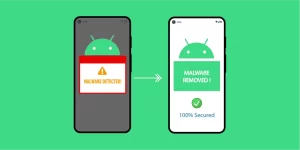

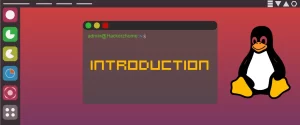

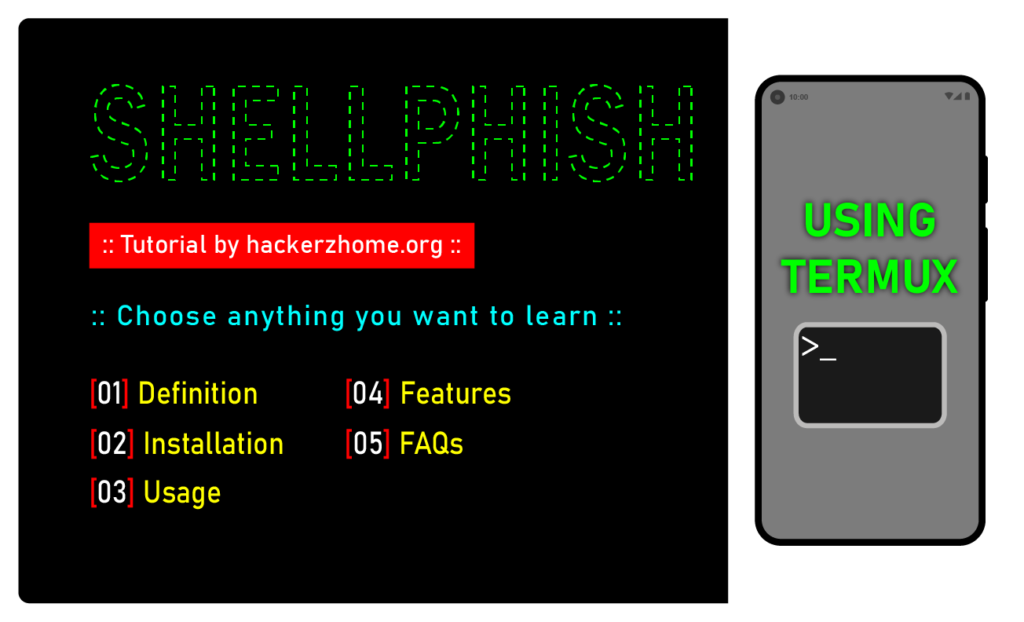
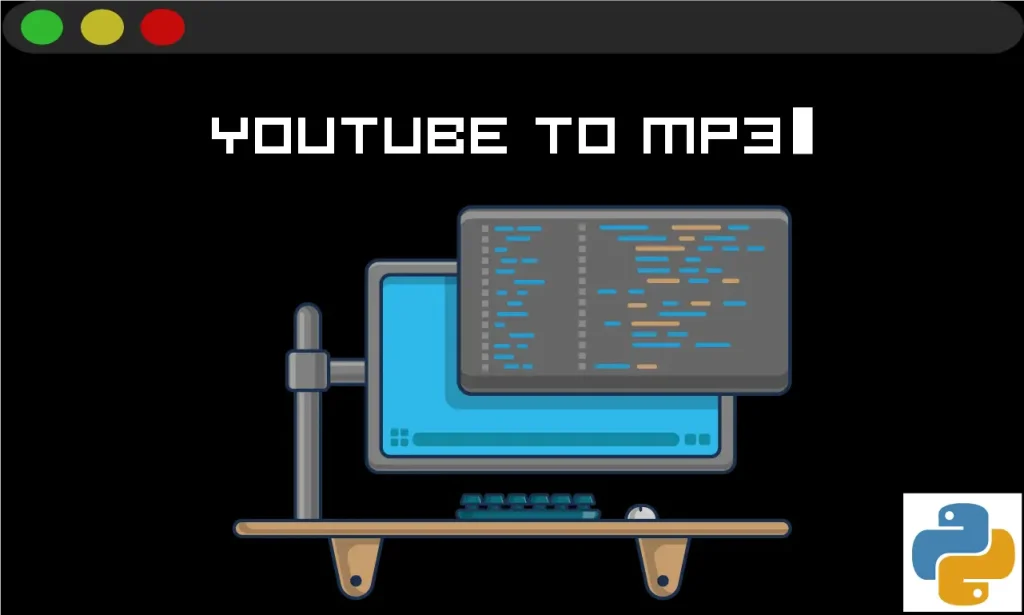
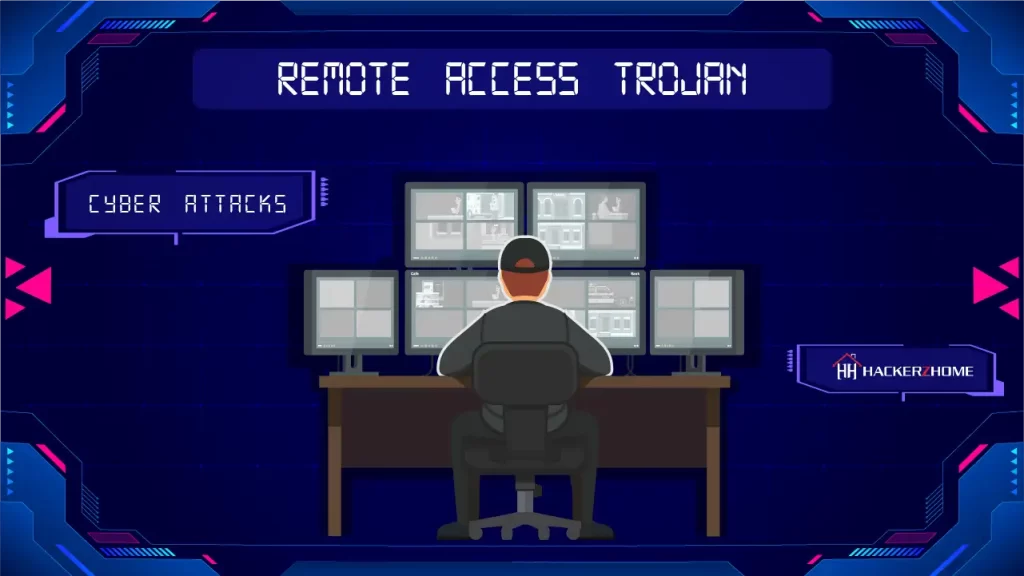

8 Responses
Great work!!! Loved both the articles and they are very easy for beginners to understand. Keep going. Waiting for the next one 🙂
Thank you. keep reading!
Excellent work. Thanks. Keep going!!!
Thank you!
Well-written, great explanation.
Had a good experience reading this.
Thank you! keep visiting